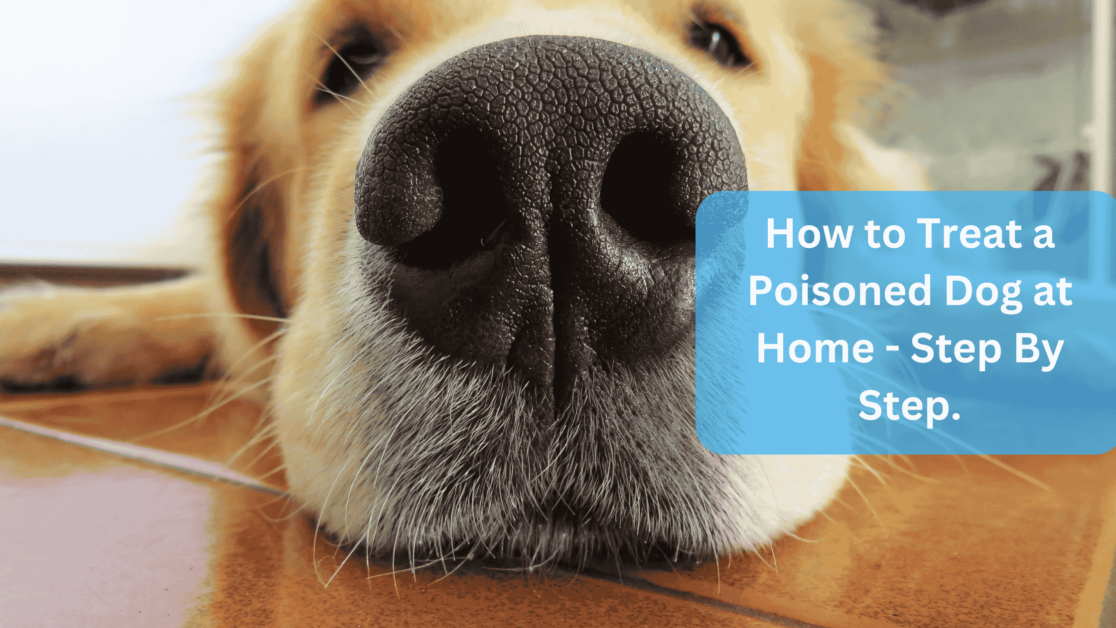Splayed feet, also known as “open feet,” is a common condition in dogs characterized by toes that spread apart more than usual.
This can lead to discomfort, reduced mobility, and long-term health issues.
Fortunately, there are several effective methods to correct splayed feet in dogs. In this article, we will explore the causes, prevention strategies, and How to Correct Splayed Feet in Dogs.
Understanding Splayed Feet in Dogs

Splayed feet can result from various factors, including genetics, improper nutrition, lack of exercise, and environmental conditions. Recognizing the signs early and taking appropriate action can significantly improve your dog’s quality of life.
Causes of Splayed Feet in Dogs
- Genetics: Some dog breeds are predisposed to splayed feet due to their genetic makeup. Breeds such as Dachshunds and Basset Hounds are more likely to develop this condition.
- Nutritional Deficiencies: A lack of essential nutrients, particularly proteins, vitamins, and minerals, can weaken a dog’s ligaments and bones, leading to splayed feet.
- Inadequate Exercise: Dogs that do not receive sufficient exercise may develop weak muscles and ligaments, contributing to splayed feet.
- Environmental Factors: Constantly walking on hard, slippery surfaces can cause a dog’s feet to splay.
- Poor nail care: Overgrown nails can cause your dog to slip and put undue pressure on their feet and legs.
Signs and Symptoms of Splayed Feet
- Visible Spreading of Toes: The most obvious sign is the toes spreading apart more than normal.
- Flat Footedness: The dog’s feet may appear flatter than usual.
- Difficulty Walking: Dogs with splayed feet may have trouble walking or show signs of discomfort.
- Frequent Injuries: Splayed feet can make dogs more prone to injuries, such as cuts or abrasions on their feet.
Preventive Measures for Splayed Feet
- Proper Nutrition: Ensure your dog receives a balanced diet rich in essential nutrients. High-quality dog food formulated for their breed and age can help maintain strong bones and ligaments.
- Regular Exercise: Daily exercise routines that include walking, running, and playing can strengthen your dog’s muscles and ligaments, preventing splayed feet.
- Suitable Surfaces: Provide your dog with a variety of surfaces to walk on. Avoid prolonged exposure to hard, slippery floors.
How to Correct Splayed Feet in Dogs

Addressing splayed feet in dogs involves a multifaceted approach that includes professional guidance, targeted exercises, and lifestyle adjustments. Here, we delve deeper into each corrective measure to provide you with detailed insights on how to effectively manage and improve this condition.
Consult a Veterinarian
The first and most crucial step in correcting splayed feet is to consult a veterinarian. A professional assessment is essential for several reasons:
- Accurate Diagnosis: A veterinarian can accurately diagnose the condition, ruling out other potential issues such as arthritis, fractures, or neurological disorders.
- Tailored Treatment Plans: Based on the diagnosis, the vet can develop a treatment plan tailored specifically to your dog’s needs. This plan may include dietary changes, supplements, or medications to address underlying causes.
- Monitoring and Follow-Up: Regular check-ups with the vet will ensure that the treatment is effective and allow for adjustments as needed. Continuous monitoring is vital for long-term management and prevention of recurrence.
Foot Exercises
Incorporating specific foot exercises into your dog’s routine can significantly improve the strength and flexibility of their feet. Here are some effective exercises:
- Toe Tucks: Gently tuck your dog’s toes under their feet while they are standing. Hold for a few seconds and release. This exercise helps to strengthen the muscles and ligaments in the feet.
- Paw Lifts: Encourage your dog to lift each paw individually while standing. You can do this by gently lifting each paw and holding it for a few seconds before placing it back down.
- Balance Exercises: Use balance boards or wobble cushions to improve your dog’s overall foot strength and stability. Start with short sessions and gradually increase the duration as your dog becomes more comfortable.
- Walking on Different Surfaces: Encourage your dog to walk on a variety of surfaces such as grass, sand, and gravel. This can help strengthen the muscles in their feet and improve overall foot health.
Orthopedic Supports
Orthopedic supports such as paw pads and boots can provide significant relief and support for dogs with splayed feet:
- Paw Pads: These are soft, cushioned pads that can be placed inside your dog’s regular footwear. They provide extra support and reduce the strain on the feet.
- Boots: Specially designed orthopedic boots can offer protection and support, especially during walks or outdoor activities. Ensure the boots fit well and are comfortable for your dog to wear.
- Splints and Braces: In some cases, veterinarians may recommend splints or braces to correct the alignment of the feet and provide additional support. These should be used under professional guidance to avoid causing further issues.
Physical Therapy
Physical therapy can be highly beneficial for dogs with splayed feet. A professional therapist can guide you through a series of exercises and treatments designed to strengthen and support your dog’s feet:
- Hydrotherapy: Water-based exercises, such as swimming or walking on an underwater treadmill, can help improve muscle strength and flexibility without putting excessive strain on the joints.
- Massage Therapy: Regular massages can help improve blood circulation and relieve tension in the muscles and ligaments of the feet.
- Laser Therapy: Low-level laser therapy can promote healing and reduce inflammation in affected areas.
- Range of Motion Exercises: These exercises are designed to improve flexibility and mobility in your dog’s feet, helping to correct splayed feet over time.
Weight Management
Maintaining a healthy weight is crucial for dogs with splayed feet. Excess weight can exacerbate the condition by putting additional pressure on the feet:
- Balanced Diet: Ensure your dog is on a balanced diet that meets their nutritional needs. Consult your veterinarian for recommendations on the best food for your dog’s breed, age, and activity level.
- Portion Control: Monitor your dog’s food intake to prevent overeating. Use a measuring cup to ensure you are providing the right amount of food each day.
- Regular Exercise: Encourage regular physical activity to help your dog maintain a healthy weight. Adjust the type and intensity of exercise based on your dog’s condition and overall health.
- Healthy Treats: Opt for low-calorie, nutrient-dense treats to avoid unnecessary weight gain. Fruits and vegetables like carrots and apples can be good options.
By following these detailed corrective measures, you can effectively manage and improve splayed feet in your dog. Always consult with your veterinarian before starting any new treatment or exercise regimen to ensure it is safe and appropriate for your pet’s specific condition.
Home Care Tips for Dogs with Splayed Feet
- Regular Nail Trimming: Keep your dog’s nails trimmed to prevent additional strain on their toes.
- Paw Inspections: Regularly inspect your dog’s paws for any signs of injury or discomfort.
- Comfortable Bedding: Provide soft and supportive bedding to reduce pressure on your dog’s feet while resting.
Also Read : How to Fix East-West Feet in Dogs: A Comprehensive Guide
Also Read : Why Is My Dog Licking the Floor? Insights from a Dog Expert
Also Read : Can Dogs Eat Guava? A Comprehensive Guide for Dog Owners
Conclusion
Splayed feet in dogs can be a manageable condition with the right approach. By understanding the causes, recognizing the symptoms early, and implementing preventive and corrective measures, you can help your dog lead a healthy and comfortable life. Always consult with a veterinarian for professional advice and tailored treatment plans.
For more tips on dog health and care, visit our blog regularly and ensure your furry friend stays happy and healthy!







